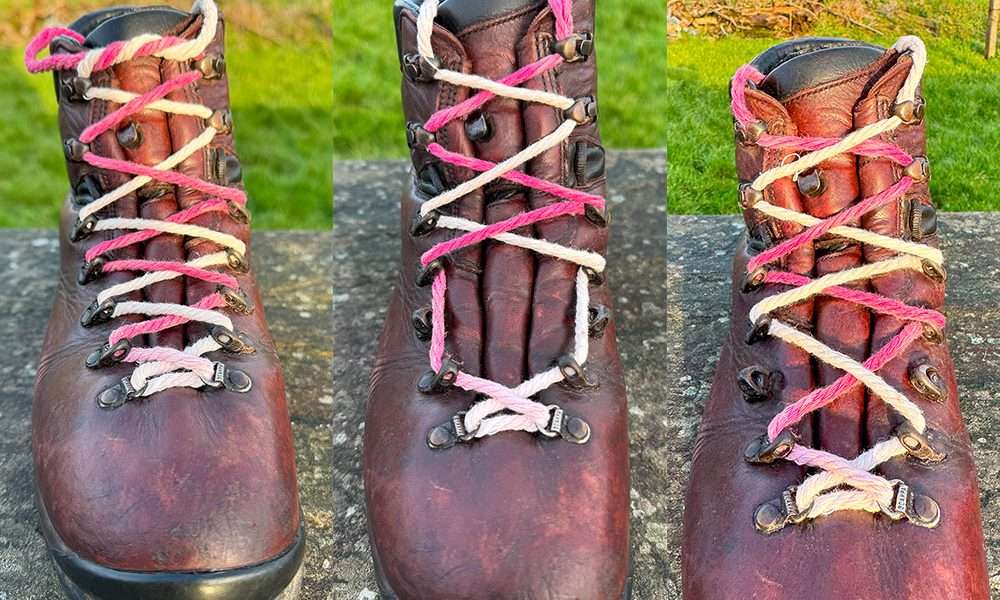Finding the right balance in how tightly you lace your hiking boots is crucial for comfort, performance, and preventing injuries on the trail․ Too loose, and you risk blisters and instability; too tight, and you might experience discomfort and restricted circulation․ The ideal tightness depends on the terrain, the type of boot, and your personal preference․ Understanding the nuances of lacing techniques can significantly enhance your hiking experience․
Understanding the Importance of Proper Lacing
Proper lacing is more than just securing your boots; it’s about optimizing foot support and preventing common hiking ailments․
- Improved Stability: Tight lacing in key areas provides ankle and foot support, reducing the risk of sprains․
- Blister Prevention: Proper lacing minimizes foot movement inside the boot, thus lessening friction and the likelihood of blisters․
- Enhanced Performance: A secure fit allows for better power transfer and control, especially on challenging terrain․
Lacing Techniques for Different Hiking Scenarios
The way you lace your boots should adapt to the terrain and your specific needs․ Different lacing techniques can address various issues․
Uphill Hiking: Securing the Ankle
When hiking uphill, you need to ensure your foot doesn’t slide forward in the boot․ This can lead to toe jamming and discomfort․
Tighten the laces firmly from the toe to the ankle, ensuring your heel is locked in place․ This prevents your toes from hitting the front of the boot on the incline․
Downhill Hiking: Preventing Toe Jamming
Going downhill requires a different approach to prevent your toes from slamming into the front of your boot․
Loosen the laces around the ankle area to allow for some flexibility․ Then, tighten the laces firmly over the instep to hold your foot in place․ This allows your ankle to flex more while preventing your toes from getting jammed․
Flat Terrain: Comfort and Support
On relatively flat surfaces, comfort is key while still maintaining sufficient support;
Lace your boots snugly but not too tightly․ Aim for a balance that provides adequate support without restricting circulation․ You should be able to wiggle your toes slightly․
Factors Affecting Lacing Tightness
Several factors influence how tightly you should lace your hiking boots․ Consider these elements when adjusting your laces․
| Factor | Impact on Lacing |
|---|---|
| Boot Type | Stiffer boots generally require tighter lacing for support․ |
| Foot Shape | Wide feet might need looser lacing across the instep․ |
| Terrain | Steep terrain demands tighter lacing for stability․ |
| Sock Thickness | Thicker socks might require slightly looser lacing․ |
Fact: Properly laced boots can improve your hiking efficiency by up to 15%․
FAQ: Lacing Your Hiking Boots
Here are some frequently asked questions about lacing hiking boots properly․
- Q: How do I know if my boots are too tight?
A: If you experience numbness, tingling, or pain in your feet, your boots are likely too tight․ Loosen the laces immediately․ - Q: How do I prevent heel slippage?
A: Use a heel-lock lacing technique, which involves wrapping the laces around the ankle before tying them․ - Q: Should I re-lace my boots during a hike?
A: Yes, it’s a good idea to adjust your lacing as the terrain changes to maintain optimal comfort and support․
Ultimately, finding the right lacing tightness is a personal journey that depends on your individual needs and preferences․ Experiment with different techniques and pay attention to how your feet feel on the trail․ Don’t be afraid to adjust your laces throughout your hike to accommodate changes in terrain or discomfort․ A well-laced boot is a happy boot, and a happy boot leads to a happy hiker․ Remember to prioritize both comfort and support when making adjustments, ensuring a safe and enjoyable hiking experience․ Happy trails!

